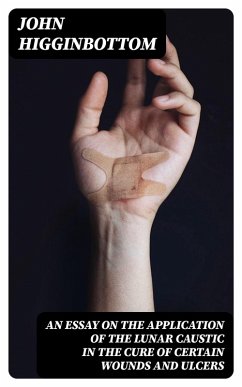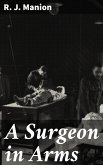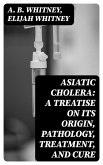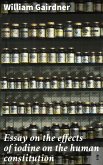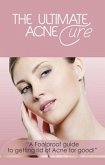In "An Essay on the Application of the Lunar Caustic in the Cure of Certain Wounds and Ulcers," John Higginbottom meticulously explores the therapeutic potential of silver nitrate, commonly referred to as lunar caustic, in the treatment of various wounds and ulcers. Written in the 19th century, Higginbottom's prose is characterized by an empirical tone, mirroring the Enlightenment's growing emphasis on science and reason in medicine. This essay provides a detailed examination of the chemical properties of lunar caustic, integrating clinical case studies that highlight both its efficacy and limitations, thus situating the work within the burgeoning field of surgical practice and wound care at the time. John Higginbottom may have been influenced by emerging medical paradigms of his era, which increasingly sought to bridge the gap between traditional practices and scientific inquiry. As a practitioner entrenched in the clinical realities of surgical medicine, his firsthand experiences with the challenges of treating chronic wounds likely informed his commitment to rigorous examination of innovative treatments like lunar caustic. His work also reflects broader trends in 19th-century medical literature, where practitioners endeavored to document and validate surgical interventions through systematic analysis. This book is highly recommended for scholars and practitioners interested in the history of medicine, wound care, and the evolution of surgical techniques. Higginbottom's essay not only provides a window into the medical practices of his time but also serves as an important historical document that underlines the transformation of medical thought. For those invested in the field or anyone seeking to understand the intersection of chemistry and medicine, this essay remains a relevant read that underscores the innovative spirit of its time.
Dieser Download kann aus rechtlichen Gründen nur mit Rechnungsadresse in A, B, BG, CY, CZ, D, DK, EW, E, FIN, F, GR, H, IRL, I, LT, L, LR, M, NL, PL, P, R, S, SLO, SK ausgeliefert werden.

